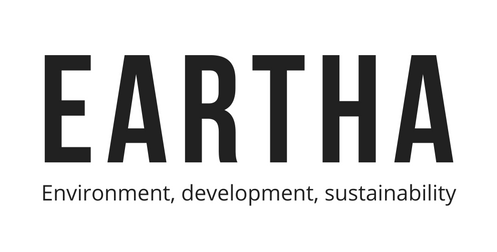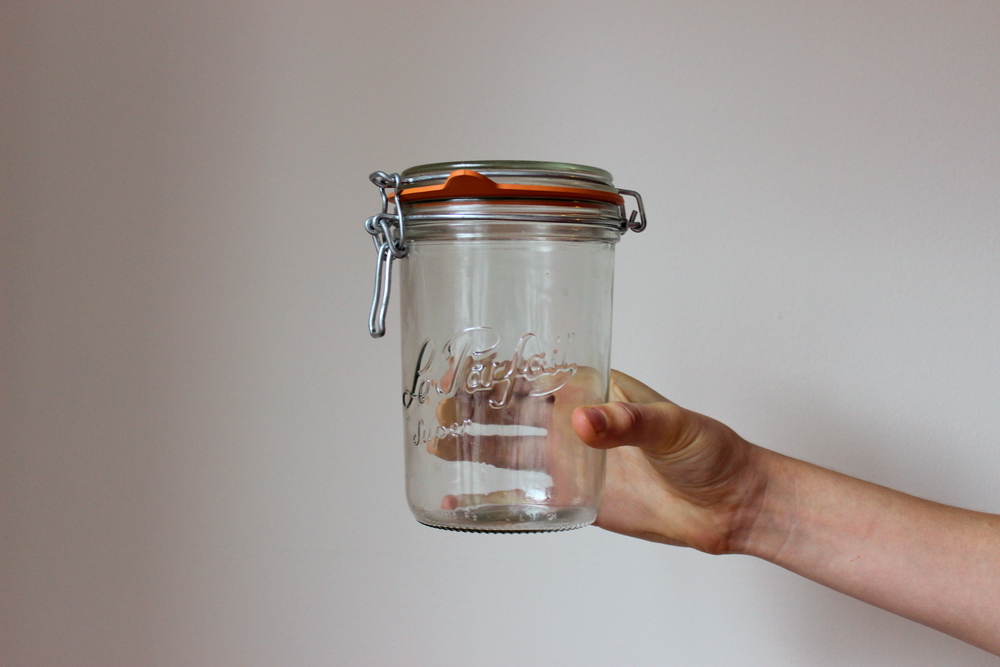A Book Of Everything A Child Would Want To Know About The Environment

Did you know that the water you’re drinking could be the very same water that dinosaurs drank billions of years ago? That scientists made smog meringues with Bangalore’s air to measure pollution? Or that the rate of climate change is putting the world’s chocolate supply in grave danger?
Bijal Vachharajani’s latest book So You Want To Know About The Environment guides the issue of climate change away from the scientific journals and conference rooms to which it's been so far relegated, and gives it a place in the bookshelves and reading rooms of children.
The 170-page volume is a quick read with lots of useful information and important facts about the state of the environment today. It's also full of activities, experiments, quizzes and crafts that engage a child's imagination and creativity and could involve the whole family. Who wouldn't love mapping their family's mood swings as the weather changes or doing a smell test that allows you to eat a whole lot of yummy food?!
Rather than give readers simple solutions to environmental problems, the author challenges them to think independently and look outside the book. The book also avoids the didactic tone it could so easily have adopted and uses illustrations that work hand in hand with the relaxed narrative to explain important topics - from garbage and ocean pollution to the importance of eating local, seasonal foods and conserving urban wildlife.
Children may be its stated target, but there’s so much for adults and eco-nerds to take away from the book (such as geo-engineering for carbon removal and storage!), not to mention all the clever humour that eases some of the severity of these issues. It’s definitely the first time I've laughed while reading about the environmental crisis.
I talked to Bijal about her new book that’s sure to get kids to start looking anew at the environment around them and asking important questions.
What made you want to write a children’s book about the environment?
I don’t think I had much choice in that matter! That’s pretty much what I write about. I have worked with Sanctuary Asia, PETA India, and 350.org, and I wanted to understand climate change and how it impacts people and the planet. So I went off to Costa Rica to get a Masters in the subject. I ended up becoming obsessed with how we communicate climate change (and may have talked to everyone I know about it). As an editor at Time Out Bengaluru, I was constantly thinking of ways to do cover stories (say about eating local), and then later I joined Fairtrade in India, and had the privilege of meeting and talking to farmers and it really made me think about our notions of food security. A couple of years after I returned from my Masters, my editor, Sudeshna Shome Ghosh asked me if I wanted to write about all of this into a book.
How did you decide what topics to cover from the huge number of environmental issues out there?
That was a tough one. Even now I will read something and think, oh no, I should have put that into the book. Environment is everything around us, and it includes us! But I drew up a list of everything I cared about and then sat with my editor and we threshed out a final list of Climate Change, Food, Waste, Water, and Wildlife.
What’s the key in getting children to relate enough about the environment to want to care about it and do something for it without scaring them off or overwhelming them?
I think children do care, a lot. I have met so many children, in the course of my work, who have so many questions and are willing to raise their voice for animals and the environment. I think it’s a matter of just fostering that sense of wonder and curiosity about nature, as Rachel Carson said. Once you do that, kids will take over and run with it. I do think though hope is essential in anything, it’s important that we remind children that there are solutions, that there’s an army of people out there working on these issues, and that people do care.
"It’s important that we remind children that there are solutions, that there’s an army of people out there working on these issues, and that people do care."
There are lots of curious facts and interesting experiments in the book! What section of it did you have the most fun writing and why?
Definitely food! I had just been a consultant with Fairtrade India and as part of my work, I got to meet and talk with farmers all across the country. I went to a seed fest in Kerala, a seed bank in Odisha, and had multiple conversations with farmers in Telangana. It also doubled back to my classes in Food Security and I was constantly making connections and writing copious notes. Plus I feel food is something so integral to all of us, and now more and more people are obsessed with it – whether it’s watching food being prepared on television or well, Instagramming it. But few think about where it came from or who grew their food, and so I wanted children to start asking those questions.
Bijal Vachharajani
You’re travelling around the country promoting the book. What’s been children’s response to it? What are 2 of the most interesting / funny questions (or observations) you've heard from them?
Children have been fantastic! I recently got an email from a young reader, who said after reading the book, she would really like to do something. It broke my heart when she wrote, “I know what you said in the book, but can the severe damage done to nature be undone?” I really hope our political leaders can answer that.
The other one was in a classroom where I asked what climate change was, and I didn’t get a single correct answer. Someone said climate change happened when you go up a mountain and then the air becomes thin. But then another classroom where all the children were full of answers. And even knew everything about the Paris Agreement.
I especially liked the section on wildlife. It’s regularly said that it’s hard for children living in cities, cut off from nature and the outdoors to care for it. What’s your opinion? How could the book be adapted to school curriculum?
Thank you! For some reason, it was the hardest to write. I guess it is because gradually we are seeing a stark divide between the natural and the built world. And I am constantly reading studies about how children are growing up disconnected with nature, which is rather depressing. I grew up in cities but I think the wild has always been something I looked for. I think it would be fantastic if the curriculum included urban wildlife. One class, all the kids said they loved tigers and butterflies, but hated spiders. We had a long discussion on creepy crawlies and at the end they all agreed that spiders are not that bad. And it’s not hard, school gardens, for instance, are the best place for such a class.
What are some of your favourite environmental books and the authors who’ve inspired you?
So many! Starting with Bittu Sahgal, the founder-editor of Sanctuary Asia. I grew up reading Enid Blyton and the books are teeming with nature stories. Plus, Gerald Durrell, James Herriot – actually a lot of children’s books, including Ranjit Lal, Ruskin Bond, Michael Morpurgo. Reading Rachel Carson was quite a defining moment for me and at the moment, it’s Robert MacFarlane, Naomi Klein, Bill McKibben and Michael Pollan, apart from some of the super reportage done by our Indian journalists.
Maya is a social researcher by training. Her writing has appeared in Scroll, YourStory and The Alternative. She is the Founder of Eartha and tweets @Maya_Kilpadi.







